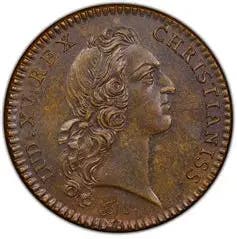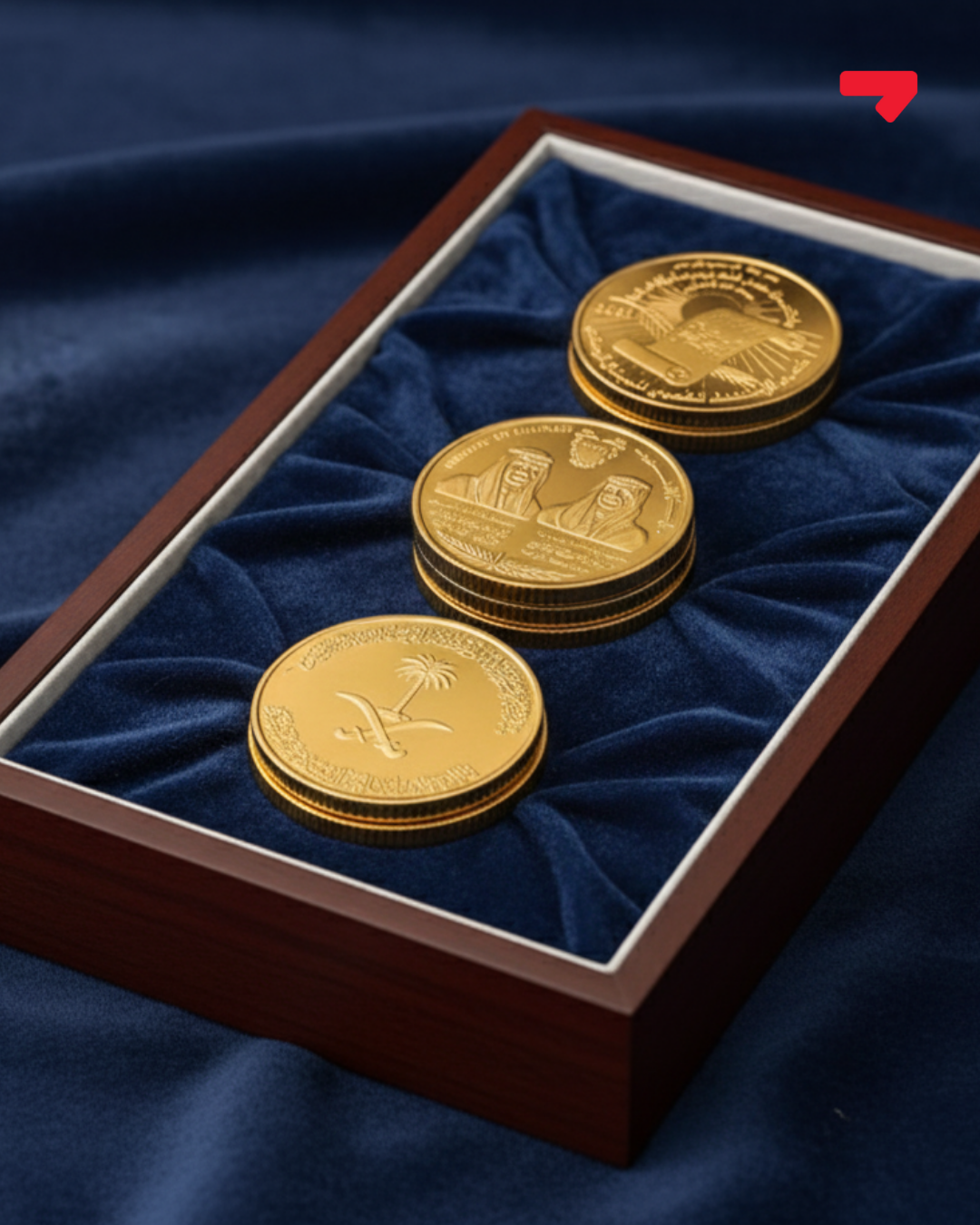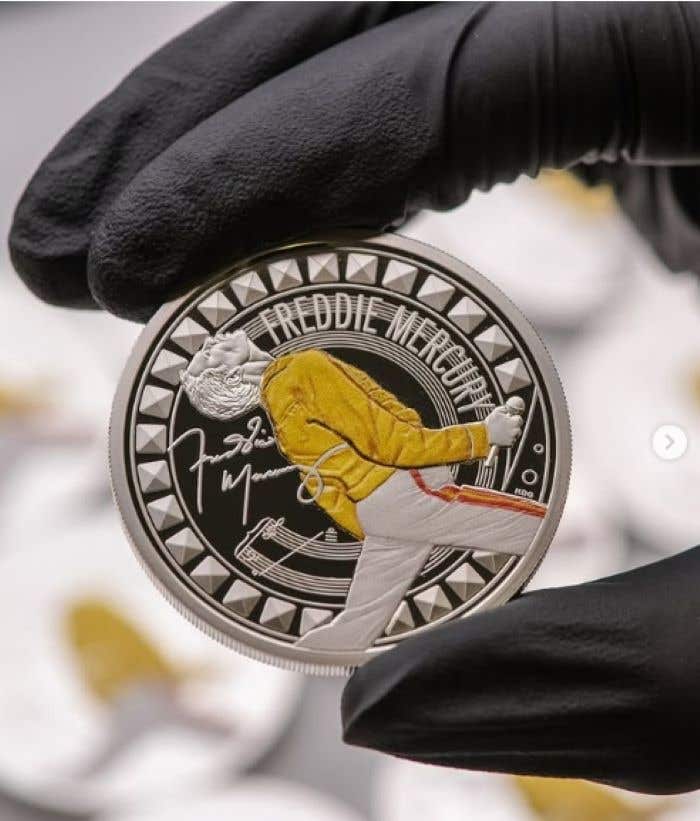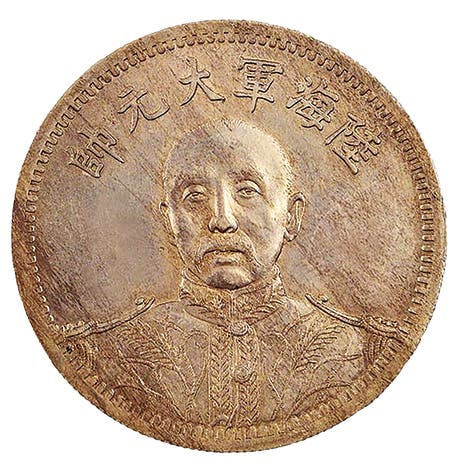The Swiss Franc: How Switzerland Found its Currency
How a fractured patchwork of local coins gave way to a unified currency and helped build the modern Swiss economy.
When Switzerland became a federal state in 1848, it wasn’t just a political turning point but also a new era in the country’s monetary history. Before 1848, Switzerland was in the grip of what can only be described as chaos; each canton issued its own currency, and foreign coins circulated freely. As the Swiss National Museum blog puts it, anyone traveling through the country at the time “either needed at least ten wallets or had to keep running to the exchange office.”
In Zurich, people paid with ducats or thalers. In Schwyz, it was the rappen, and in the Grisons region, a meal might be priced in batzen. This patchwork of local and foreign currencies was anything but future-proof; Switzerland needed a unified monetary system.
The new federal constitution of 1848 laid the political groundwork. Article 36 stripped the cantons of their right to mint coins and handed that power to the federal government. From then on, only the Confederation could issue currency. It was a crucial step toward ending the monetary confusion that plagued the country.
Economists and politicians alike agreed that a single currency would boost domestic trade and strengthen the fledgling Swiss economy. But what should that currency look like? Opinions were sharply divided on the answer.
Debating the Future: Franc or Gulden?
Ahead of the currency reform, Switzerland was gripped by a heated debate over which monetary system to adopt. The two main contenders were the French decimal system based on the franc and the South German gulden standard. The Romandie region of western Switzerland, along with cantons like Bern and Basel, favored the franc, as strong trade ties with France influenced them. Eastern Switzerland, led by Zurich, stood firmly behind the gulden. This currency divide ran right through the heart of the country.
To settle the matter, the Federal Council commissioned Basel-based banker Johann Jakob Speiser to study both systems and weigh their pros and cons. Speiser ultimately concluded that the French model—with the franc and its decimal system—was the best choice for the federal currency.
Switching to the franc would ease integration into the global economy, as many countries already used franc-based currencies. On top of that, the decimal system made calculations far simpler than the fractional denominations used with the gulden.
Despite Speiser’s recommendation, gulden supporters didn’t go down without a fight. In the months leading up to the final decision, they organized petitions and collected signatures in protest of adopting the franc.
But in the end, the franc won out. In April 1850, the National Council voted in favor of the French-style franc, following a similar decision by the Council of States. The path was now clear for a single, unified Swiss currency.
Switzerland’s First Federal Coinage Act: The Birth of the Franc
On May 7, 1850, the Swiss federal government passed the country’s first national coinage law, the Federal Act on the Swiss Monetary System. It established the Swiss franc (franc suisse) as the sole official currency, divided into 100 rappen (or centimes), in line with the French decimal system.
The new currency was closely modeled on the French silver franc of the time; one Swiss franc was equivalent to exactly one French franc, 5 grams of silver at 90% purity (4.5 grams of fine silver).
Thanks to this one-to-one parity, foreign francs were easy to convert, simplifying international transactions. At the same time, this effectively made Switzerland a silver-standard economy. Gold coins, initially, played no official role.
The new law also required that all old cantonal coins be withdrawn and exchanged for francs within a transitional period. This currency conversion occurred between 1851 and 1852, with batzen, gulden, and other local denominations converted to francs at fixed exchange rates. The last official cantonal coin was a 1-rappen piece from Zurich dated 1848. After that, coin production was paused until the new federal coins were ready. In 1850, Switzerland began minting its new currency, which entered circulation the following year. The era of coin confusion came to an end, and the age of the Swiss franc had begun.
Photograph courtesy of Tschubby via WikiCommons
The First Swiss Coins (1850–1851)
The Coinage Act of 1850 introduced Switzerland’s first standardized national coins. At the time, the young Confederation didn’t yet have a mint of its own, so production was outsourced to foreign facilities.
The first Swiss coins were struck on commission in Paris (mint mark “A”), Strasbourg (“BB”), and Brussels (“B”). It wasn’t until 1853/1855 that the Swiss Mint in Bern was established, and coins bore the mint mark “B” for Bern from then on. As a result, the first issues from 1850 and 1851 still display foreign mint marks—an early example of Switzerland’s international outlook.
The initial coinage system included nine denominations, ranging from small copper pieces to large silver thalers. These were the coins introduced in 1850:
• 1 Rappen – copper coin (bronze), approx. 1.5 gram, 16 millimeters; numeral “1” on the reverse
• 2 Rappen – copper coin (bronze), approx. 2.5 grams, 20 millimeters; numeral “2” on the reverse
• 5 Rappen – billon coin (5% silver, 95% copper), 1.67 grams, 17 millimeters
• 10 Rappen (1 Batzen) – billon coin (10% silver), 2.5 grams, 19 millimeters
• 20 Rappen (2 Batzen) – billon coin (15% silver), 3.25 grams, 21 millimeters
• ½ Franc (50 Rappen) – 90% silver, 2.5 grams
• 1 Franc – 90% silver, 5.0 grams
• 2 Francs – 90% silver, 10.0 grams
• 5 Francs – 90% silver, 25.0 grams
All coins bore the date 1850 (and later also 1851), the denomination, and the inscription “Schweizerische Eidgenossenschaft” or “Helvetia.” With this modern decimal series, Switzerland had a fully functional national currency.
However, the first batch of coins wasn’t enough to meet demand. The Federal Council was forced to temporarily authorize using French, Belgian, and Italian coins as legal tender until enough Swiss coins were in circulation. By 1852, the franc had replaced the patchwork of older currencies, and payments across the country could be made in a unified system.
Helvetia, Coat of Arms, and the Liberty Cap:
Symbolism on the Coins
Beyond the unified currency itself, the design of the coins carried deep symbolic meaning. The new federal authorities wanted coin imagery that would reflect the identity and unity of the Confederation.
In 1850, various design proposals were submitted. Some featured Helvetia, the female personification of Switzerland, while others leaned toward the national coat of arms or regional motifs such as animals, the legendary Rütli Oath, or even the hat of the infamous Gessler.
Ultimately, Helvetia was chosen as the national symbol for the key silver coins. From the half-franc to the 5-franc piece, the obverse featured a seated Helvetia holding a shield and extending one arm forward. The allegorical image was engraved by Geneva medalist Antoine Bovy, based on a design by Friedrich Fisch of Aarau. Bovy even discreetly signed the coins with “A. BOVY” along the edge. Helvetia wears a classical laurel wreath and rests her left arm on a shield bearing the Swiss cross while her right arm points outward, perhaps a gesture toward the future of the new nation.
Not everyone was pleased with the design. Some critics felt the figure looked un-Swiss and mocked her as “Madame Helvetia,” ridiculing her “unnaturally long arm” as if it could “reach into every purse and wallet.” The press labeled the design tasteless and unpatriotic, and public opinion was sharply divided. Still, Helvetia remained, and her image would define Swiss silver coinage for the next 25 years.
The copper coins (1 and 2 rappen) featured a simple but symbolically rich motif: the Swiss coat of arms (a cross on a shield) topped by a Liberty Cap on a lance. This Phrygian cap—a well-known emblem of the French Revolution—was meant to represent the spirit of freedom and unity in the young Swiss Republic. The design was created by French engraver Jean-Jacques Barre, chief engraver of the Paris Mint, underscoring France’s influence on early Swiss coinage.
The billon coins (5, 10, and 20 rappen) bore a denomination shield encircled by oak leaves or grain stalks. These dies were crafted by Karl Friedrich Voigt in Munich, another sign that Switzerland turned to artistic expertise abroad to ensure high-quality coin production.
The reverse of most coins displayed the denomination and the year of issue, surrounded by a wreath. For example, the 1-franc coin of 1850 shows the numeral “1 Fr.” encircled by an oak wreath, with the year “1850” below. The inscription “SCHWEIZERISCHE EIDGENOSSENSCHAFT” (or Confédération Suisse in French-speaking regions) appeared either along the edge or as part of the coin’s central design. Together, these design elements created a cohesive visual identity meant to unite tradition with national pride.
Numismatic Legacy and Later Developments
The introduction of the Swiss franc in 1850 marked a milestone in the country’s monetary history. For the first time, Switzerland had a unified national currency, which was a crucial step toward the economic integration of the cantons.
From a numismatic perspective, the first federal coins of 1850 are now highly sought-after artifacts from this transformative era. They symbolize the shift from a patchwork of local systems to a federal unity.
Technically, the coins were also state-of-the-art: their weight and silver content met international standards, boosting trust in the new currency. In hindsight, the decision to adopt the franc proved remarkably forward-thinking.
The Swiss franc was firmly established when the German Empire introduced the gold mark in 1871, phasing out the gulden and thaler. As the press later noted, the choice against the gulden was “as good as gold.”
Still, the design of Swiss coins continued to evolve. The fierce criticism of the seated Helvetia left its mark. In 1875, she was removed from the coinage and replaced with a standing version holding a shield and spear—a design still used today on Swiss franc coins.
Antoine Bovy’s “Mother of the Nation” may have been asked to stand up, but her symbolic presence has endured, albeit in a slightly revised form. The smaller denominations also saw changes over the years; since 1879, the 5, 10, and 20 rappen coins feature a head of Libertas, and their composition shifted from billon to cupronickel.
Despite these updates, the continuity is striking. Many of the original 1850 design elements—oak wreaths, the Swiss cross, Helvetia—still appear on modern Swiss coins. Remarkably, two coins from the original series, the 1- and 2-rappen pieces, remained legal tender until 2022, when they were finally withdrawn from circulation.
Looking back, the Coinage Act of 1850 did more than serve the economy; it also played a role in nation-building. The Swiss franc proved to be a success story and a stable currency that has weathered every upheaval from the 19th century to the present.
The first Swiss coins of 1850, whether the humble räppler with its Liberty Cap or the proud 5-franc piece bearing Helvetia, tell the story of the franc’s difficult birth in a tangible, ringing way. Today, they are treasured collectibles and enduring reminders of how many currencies became one.
You may also like:









